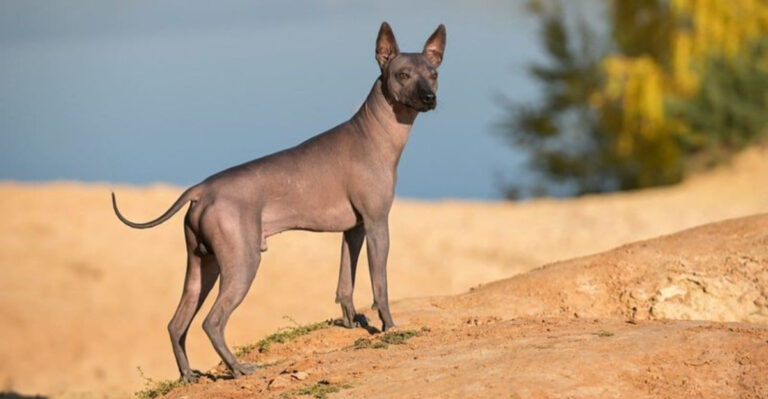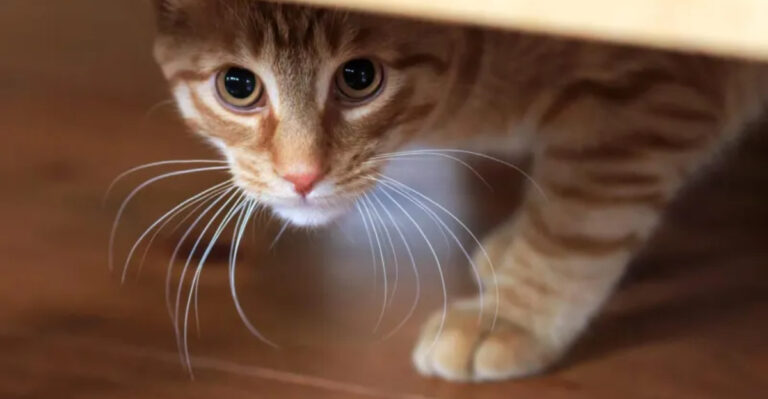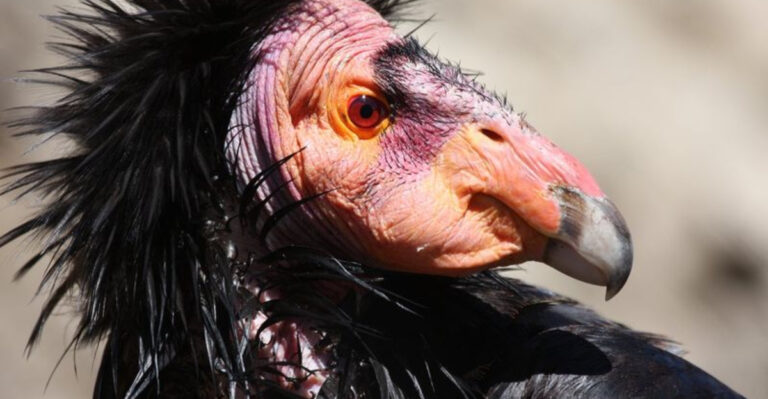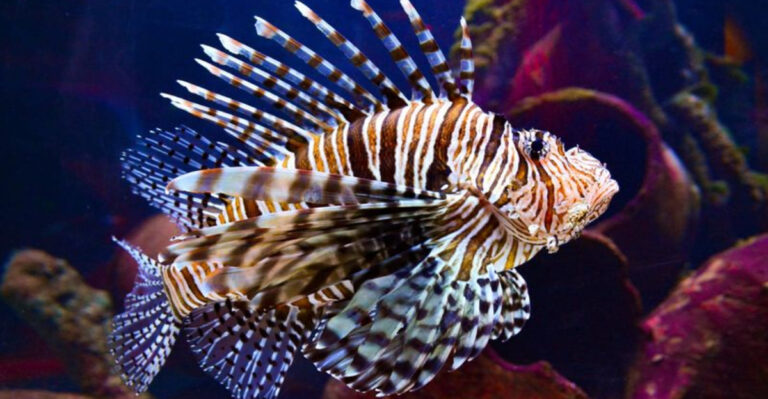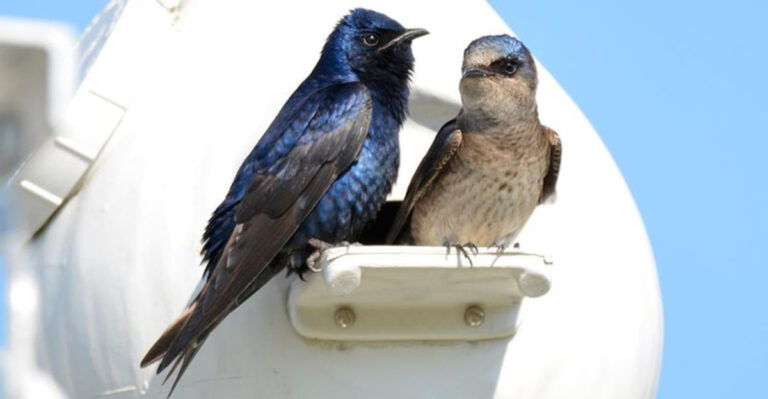8 Cat Breeds Born To Hunt (And 7 That Just Want To Be Pampered)
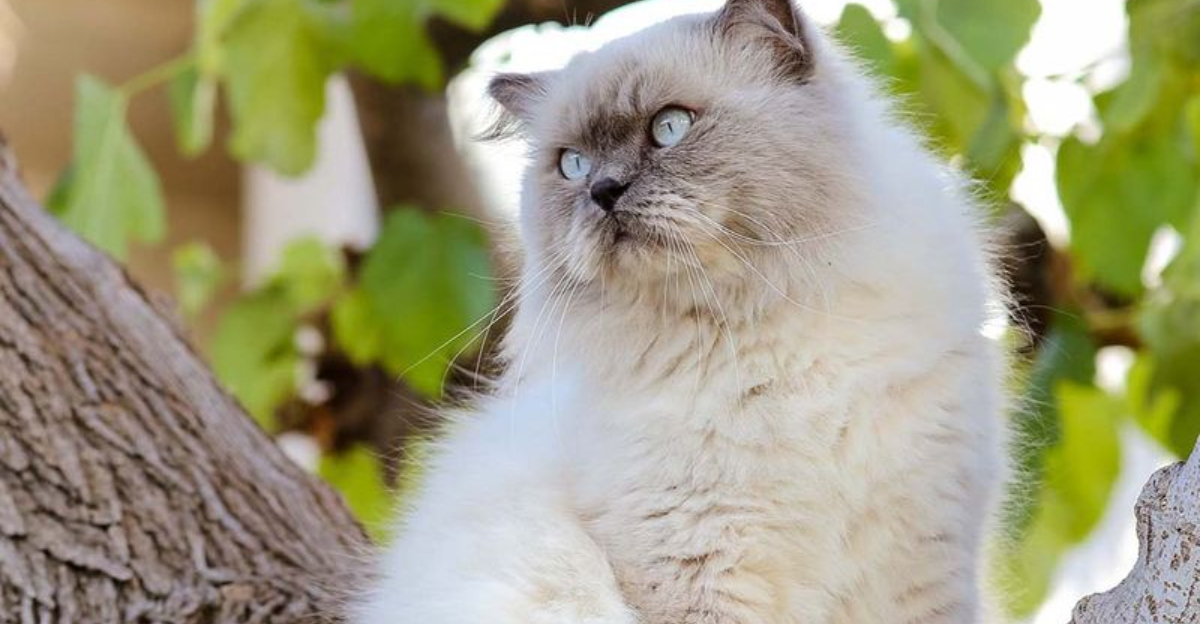
Cats come in all shapes, sizes, and temperaments – from fierce hunters to lazy loungers. While all cats have natural hunting instincts, some breeds have retained their predatory skills more than others.
On the flip side, certain feline friends have evolved to prefer cushy pillows over hunting mice. Let’s explore which cat breeds are natural-born hunters and which ones would rather spend their days being pampered.
1. Bengal: The Wild Hunter In Disguise

Sporting gorgeous spotted coats that resemble their wild ancestors, Bengals maintain razor-sharp hunting instincts. Their muscular bodies and agile movements make them exceptional hunters, whether stalking toys or actual prey.
Bengals need mental stimulation and physical activity to stay happy. Without proper outlets for their energy, these clever cats might turn household objects into “prey.” Their intelligence means they can even learn to retrieve toys!
2. Abyssinian: The Nimble Predator
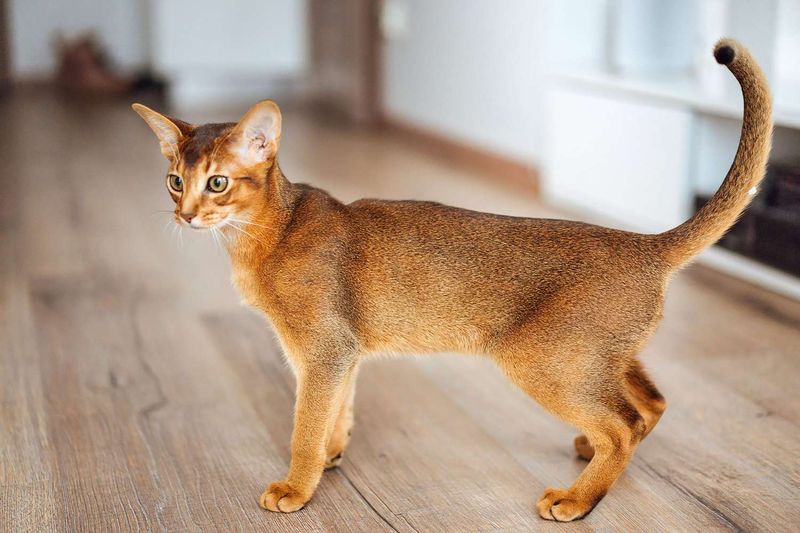
Abyssinians possess lightning-fast reflexes that make them formidable hunters. Their slender bodies can leap impressive heights, allowing them to catch birds or insects mid-flight. These athletic felines never seem to run out of energy.
Ancient Egyptian artwork features cats remarkably similar to today’s Abyssinians, suggesting their hunting prowess has been valued for thousands of years. They’re constantly exploring, climbing, and investigating their surroundings.
3. Maine Coon: The Gentle Giant Hunter

Don’t let their friendly demeanor fool you – Maine Coons were bred as working cats on farms and ships. Their large, tufted paws act like snowshoes in winter, making them excellent hunters in harsh conditions.
Originally valued for their mousing abilities, these cats combine impressive size with remarkable agility. Maine Coons often display dog-like hunting behaviors, stalking and pouncing with calculated precision. Their thick water-resistant coats protect them during outdoor hunts.
4. Siamese: The Vocal Hunter
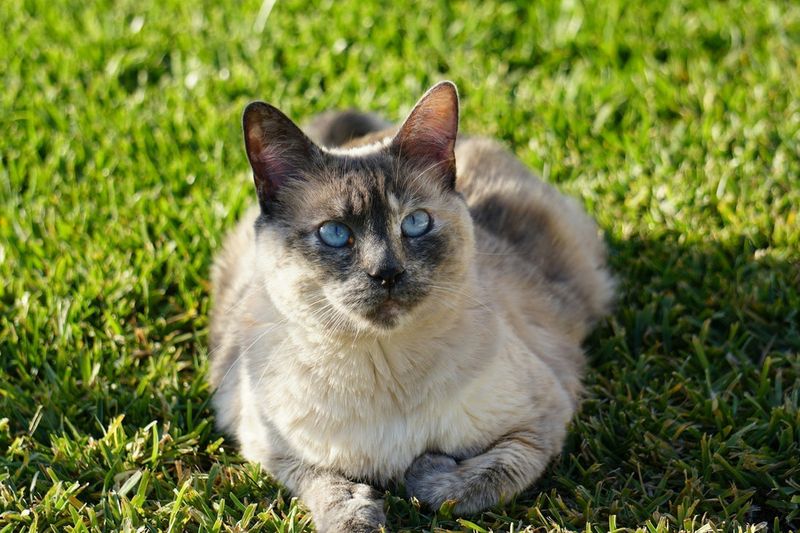
Siamese cats combine intelligence with athletic ability, making them natural-born hunters. Their distinctive vocalizations often increase during hunting, almost as if they’re narrating their pursuit. With sleek bodies and fine-boned structure, Siamese move with remarkable speed and precision.
Their almond-shaped blue eyes provide excellent vision, especially in low light. These social hunters sometimes work cooperatively with other cats, a rare behavior that showcases their problem-solving abilities.
5. Norwegian Forest Cat: The Winter Hunter

Evolved in Scandinavia’s harsh climate, Norwegian Forest Cats are equipped with water-repellent double coats and strong claws perfect for climbing. These natural advantages make them exceptional hunters even in snowy conditions.
Their sturdy build and bushy tails help them maintain balance while pursuing prey through trees. Norwegian Forest Cats have historically been valued on farms and ships for their outstanding rodent control abilities. Their thick fur and muscular bodies let them thrive as hunters in cold environments.
6. American Shorthair: The Working-Class Hunter
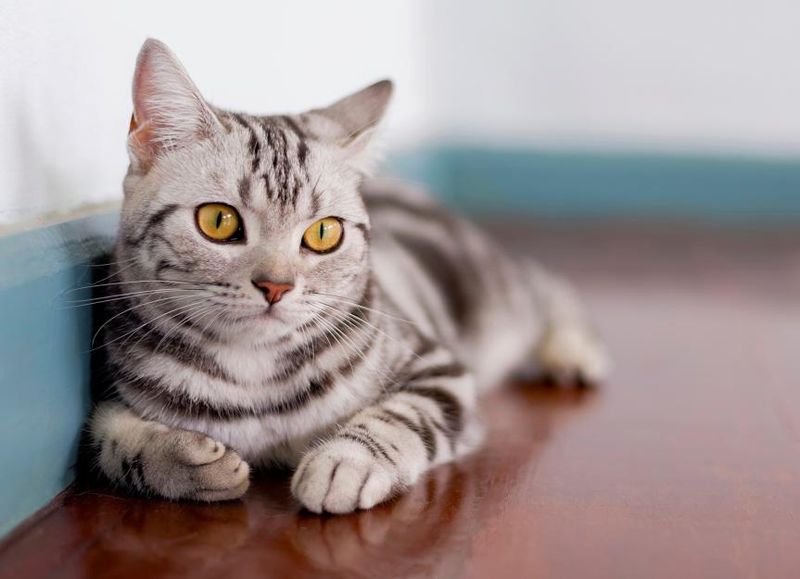
American Shorthairs earned their passage to North America by protecting ship cargo from rodents. These cats have maintained their hunting skills through generations of working alongside humans. With muscular bodies and quick reflexes, they excel at catching mice and small pests.
American Shorthairs possess remarkable patience, sometimes watching a mouse hole for hours. Their powerful jaw structure delivers a precise killing bite – a testament to their evolution as practical hunters rather than just companions.
7. Egyptian Mau: The Speed Demon
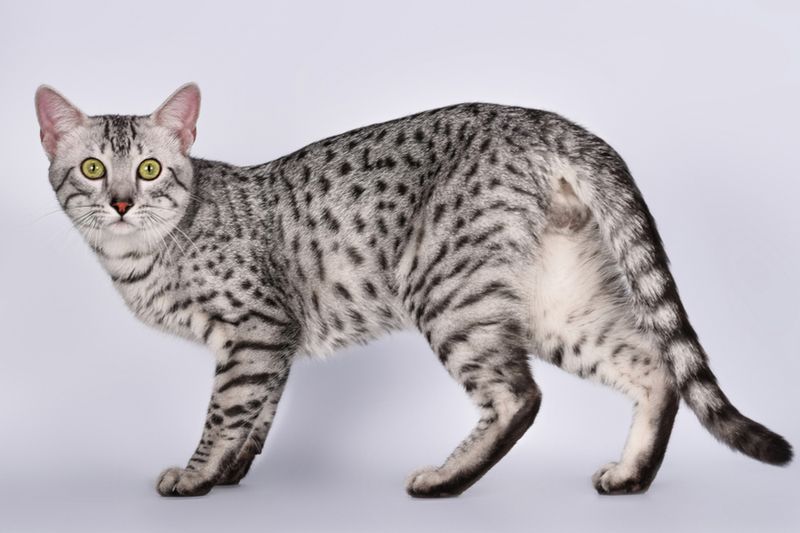
Holding the title of fastest domestic cat, Egyptian Maus can sprint up to 30 mph! Their spotted coats provide natural camouflage during hunts, while their unique flap of skin extends from flank to back leg, enabling incredible leaping ability.
These ancient hunters have a special gait called a “cheetah trot” that maximizes their speed. Egyptian Maus possess unusually long back legs that contribute to their exceptional jumping power. Their whiskers are notably longer than other breeds, enhancing their sensory perception during hunts.
8. Turkish Angora: The Aquatic Hunter

Unlike most cats, Turkish Angoras often enjoy water and are skilled at fishing! Their silky coats repel water while their balanced bodies allow them to move with surprising agility both on land and near water. These elegant hunters have been documented catching fish from streams and ponds.
Turkish Angoras combine lightning-fast reflexes with problem-solving intelligence. Their hunting style features quick, calculated movements followed by precise strikes – whether the prey is swimming, flying, or scurrying across the ground.
9. Persian: The Royal Lap Cat
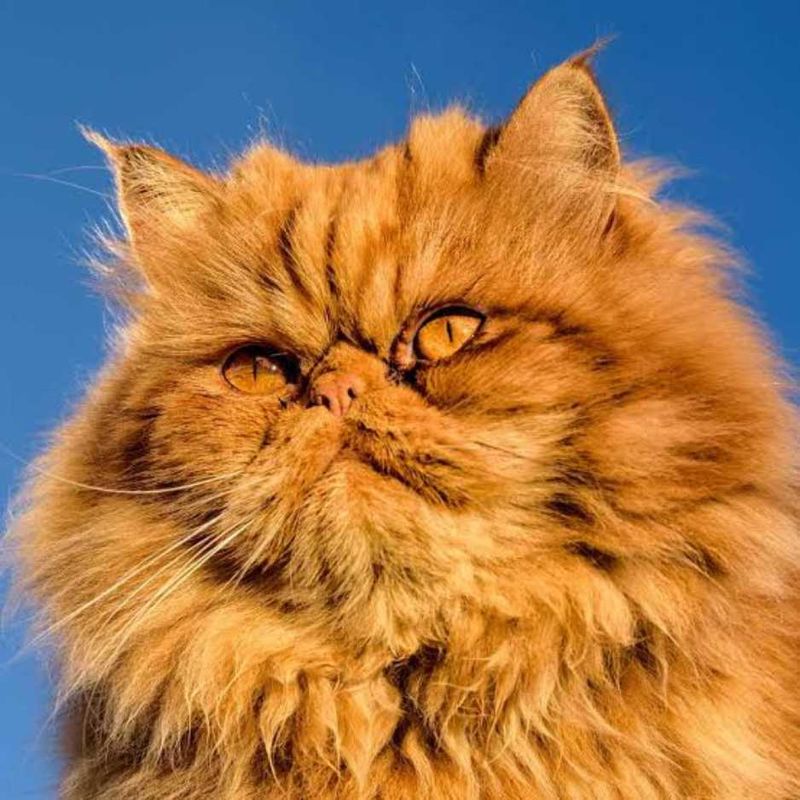
Persians represent the epitome of pampered feline luxury. Their flat faces and heavy coats make hunting difficult, but these cats weren’t bred for catching mice – they were developed for ornamental beauty and companionship. With laid-back personalities, Persians prefer lounging on soft surfaces to chasing prey.
Their shortened muzzles restrict breathing during exertion, naturally limiting their hunting abilities. These aristocratic felines typically wait for meals to be served rather than working for their food.
10. Ragdoll: The Floppy Cuddle Bug
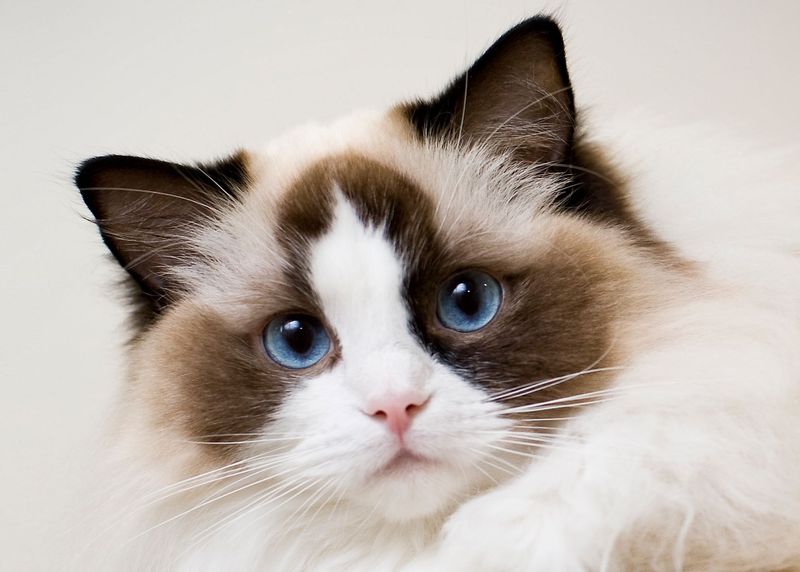
Named for their tendency to go limp when held, Ragdolls show minimal interest in hunting. These gentle giants prefer human interaction to chasing prey, often following their owners from room to room like puppies.
Ragdolls typically don’t climb or jump as much as other breeds. Their docile nature makes them perfect indoor companions who’d rather snuggle than stalk. With their striking blue eyes and silky semi-long fur, these cats were bred specifically for their affectionate temperament rather than hunting prowess.
11. British Shorthair: The Couch Potato
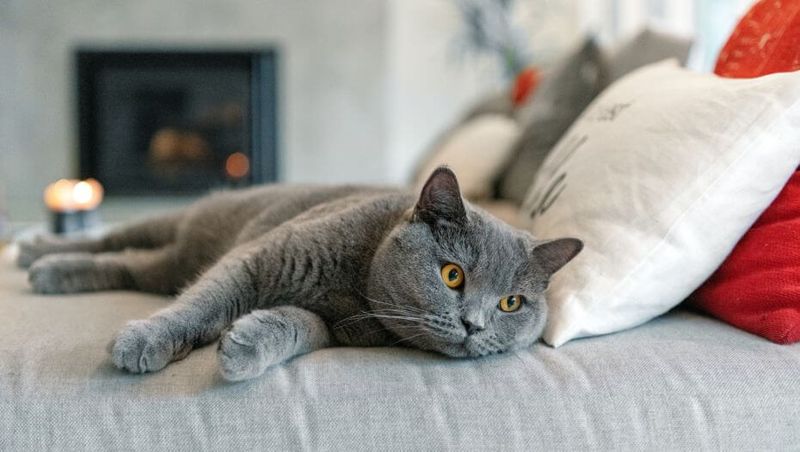
Round-faced and plush-coated, British Shorthairs prefer observing the world from comfortable perches rather than actively hunting.
Their stocky builds make them less agile than sleeker breeds, contributing to their reputation as laid-back companions. These cats conserve energy whenever possible. British Shorthairs typically pursue toy mice only when the mood strikes, preferring to supervise household activities from cushioned vantage points.
They’ve traded their ancestral hunting instincts for championship-level napping skills and impressive purring abilities.
12. Exotic Shorthair: The Lazy Lounger
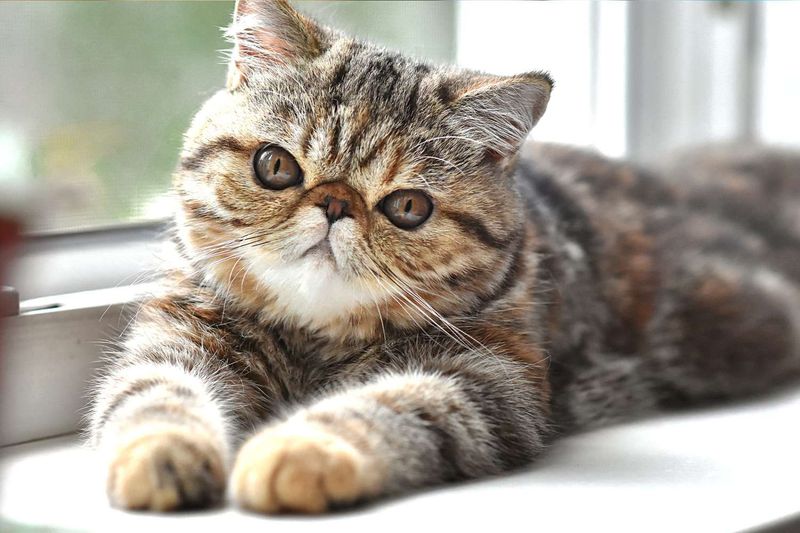
Often called “the lazy person’s Persian,” Exotic Shorthairs inherit the Persian’s relaxed temperament without the demanding grooming needs.
Their pushed-in faces and stocky bodies make them better suited for cuddles than hunts. Exotics prefer observing birds through windows rather than chasing them.
Their idea of exercise often involves moving from one napping spot to another. These sweet-natured cats would choose a warm lap over a hunting expedition any day, making them perfect companions for those seeking a low-energy feline friend.
13. Himalayan: The Decorative Darling

Combining Persian and Siamese characteristics, Himalayans possess stunning color-point coats but little interest in hunting.
These decorative cats prefer climate-controlled environments to outdoor adventures. Himalayans move with deliberate slowness, conserving energy for important activities like receiving chin scratches. Their shortened faces and heavy bone structure limit athletic ability.
These beautiful cats excel at looking ornamental while lounging on furniture and accepting admiration from their human servants.
14. Scottish Fold: The Adorable Aristocrat
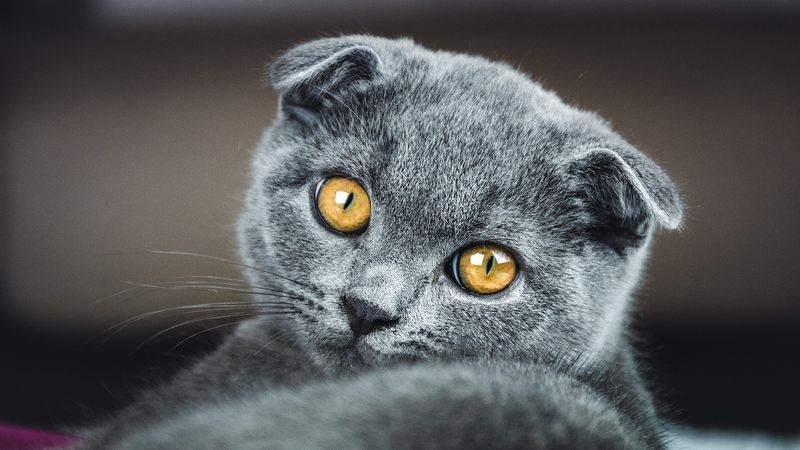
Famous for their folded ears and round faces, Scottish Folds prefer gentle play to serious hunting. Their unique ear cartilage mutation gives them an adorable appearance but can limit their hearing sensitivity compared to other cats.
These sweet-natured felines enjoy interactive toys but rarely display intense predatory behaviors. Scottish Folds typically prefer supervised indoor activities to outdoor hunting. Their moderate energy levels and affectionate personalities make them perfect companions for those seeking a decorative yet engaging pet.
15. Munchkin: The Low-Rider Lounger
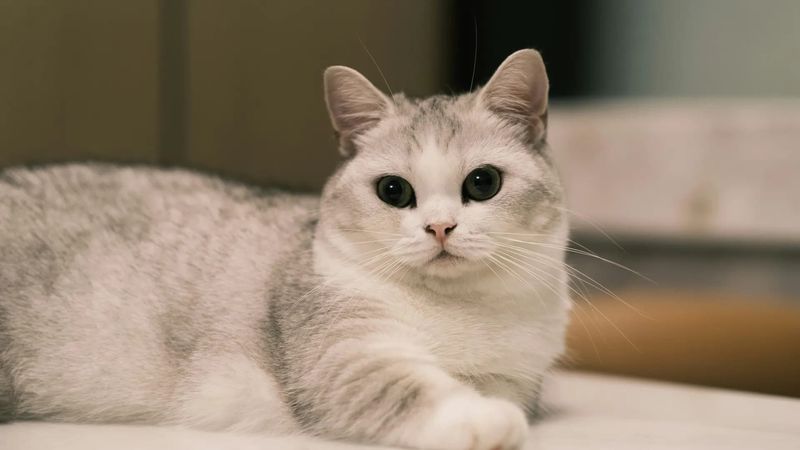
With their characteristic short legs, Munchkins have physical limitations that naturally reduce their hunting efficiency. Despite their stubby limbs, these cats remain surprisingly agile but prefer playing with toys to serious hunting.
Munchkins compensate for their shorter stride with boundless enthusiasm. Their unique proportions make climbing and jumping more challenging, so they’ve adapted to find joy in ground-level activities.
These cats excel at cornering due to their low center of gravity but generally prefer interactive play with humans to solitary hunting.

